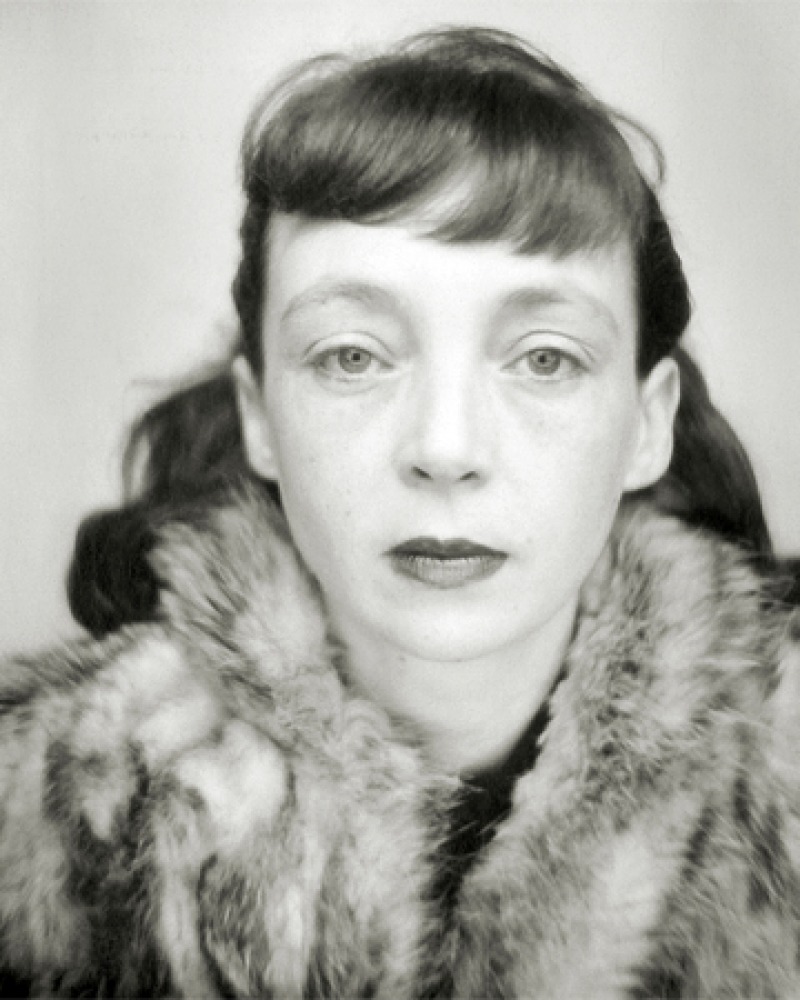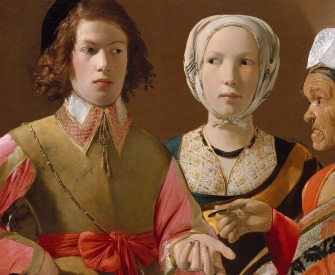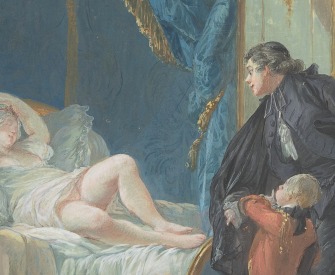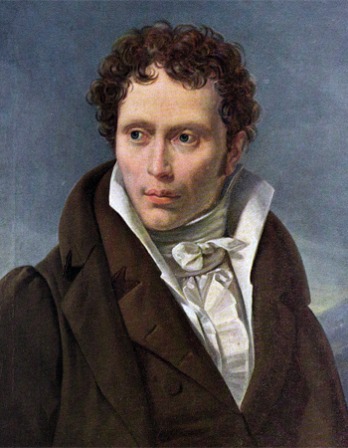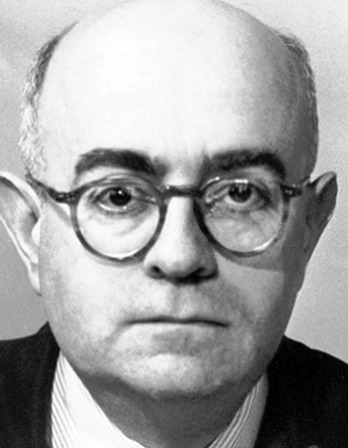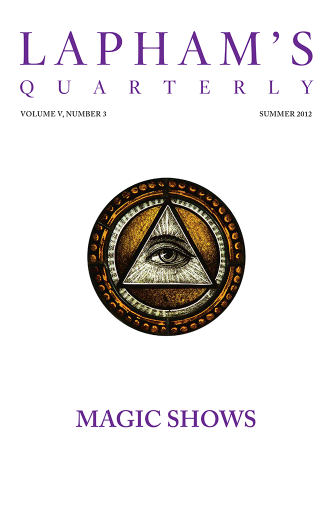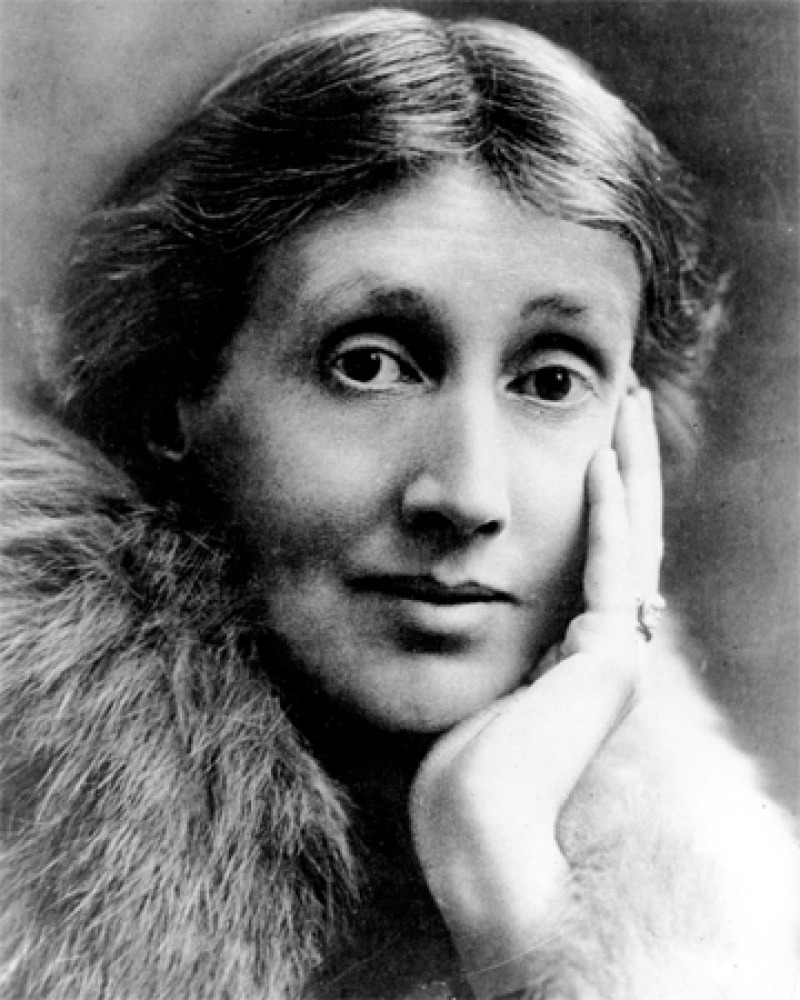
Virginia Woolf
Three Guineas,
1938
Three Guineas,
Photographs, of course, are not arguments addressed to the reason; they are simply statements of fact addressed to the eye. But in that very simplicity there may be some help. Let us see then whether when we look at the same photographs we feel the same things. Here then on the table before us are photographs. The Spanish government sends them with patient pertinacity about twice a week. They are not pleasant photographs to look upon. They are photographs of dead bodies for the most part. This morning’s collection contains the photograph of what might be a man’s body, or a woman’s; it is so mutilated that it might, on the other hand, be the body of a pig. But those certainly are dead children, and that undoubtedly is the section of a house. A bomb has torn open the side; there is still a birdcage hanging in what was presumably the sitting room, but the rest of the house looks like nothing so much as a bunch of spillikins suspended in midair. Those photographs are not an argument; they are simply a crude statement of fact addressed to the eye. But the eye is connected with the brain; the brain with the nervous system. That system sends its messages in a flash through every past memory and present feeling. When we women look at those photographs, some fusion takes place within us; however different the education, the traditions behind us, our sensations are the same as yours; and they are violent. You, sir, call them “horror and disgust.” We also call them horror and disgust. And the same words rise to our lips. War, you say, is an abomination; a barbarity; war must be stopped at whatever cost. And we echo your words. War is an abomination; a barbarity; war must be stopped. For now at last we are looking at the same picture; we are seeing with you the same dead bodies, the same ruined houses.
